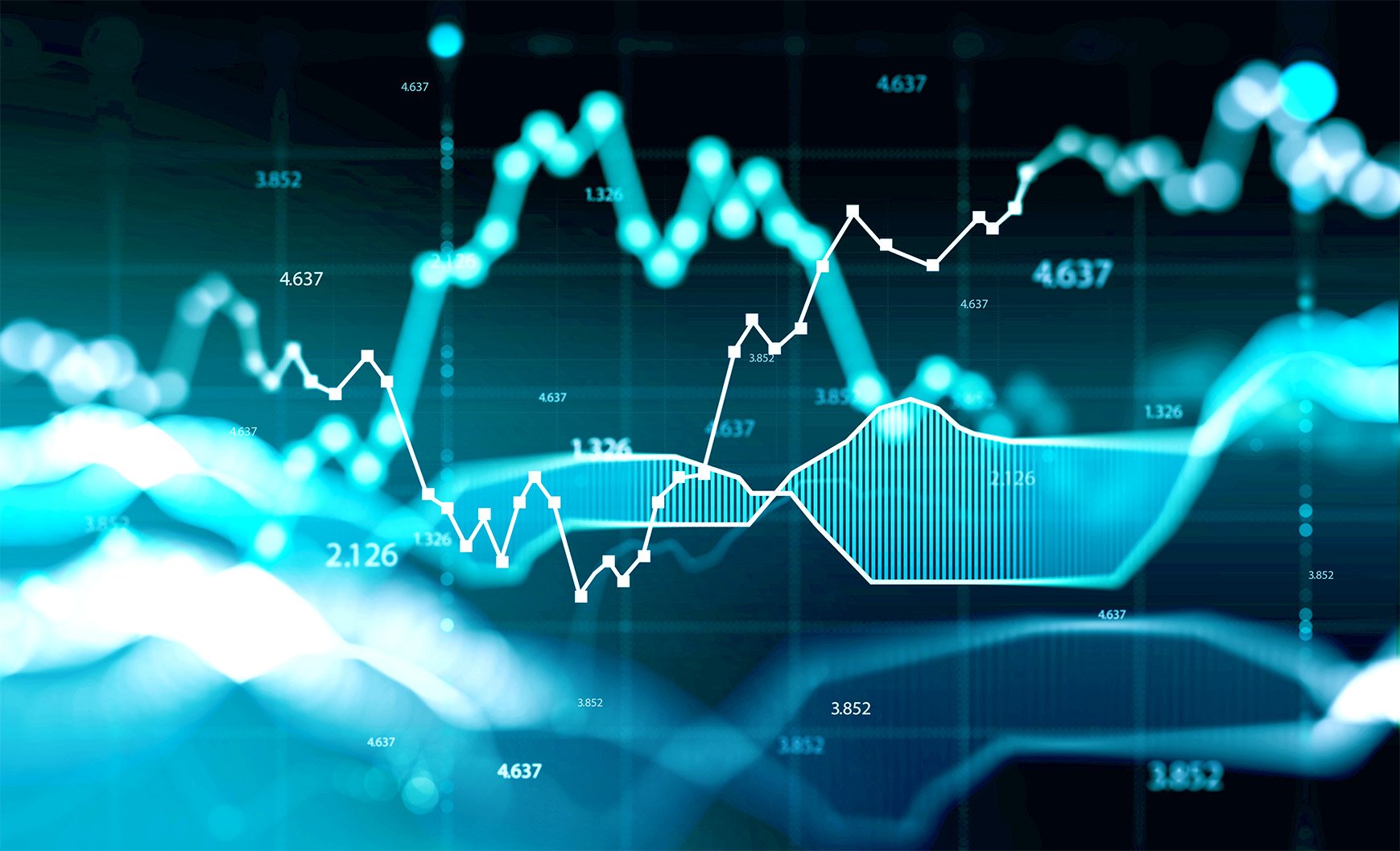
IN SPOTLIGHT
The Shift in Technological Platforms and Business Ecosystems Over Time
Every 50 years or so, according to Kondratieff wave theory, capitalist economies reorganise themselves around a new technological foundation, sparking the rise of new business ecosystems. Where are we now in that cycle—and what might the next foundation look like?
BLOG BY FUTURES PLATFORM
Using Strategic Foresight to Design the Future Customer Experience
Jussi Leskinen, Director of Customer Experience Management and Operations at Lindström, and Mika Raulas, Business Designer at Roger Studio, took the stage to discuss using strategic foresight to design future customer experiences.
5 Benefits of Systematic Future Foresight
We've already covered here what Strategic Foresight is and why it matters. But below, we take it a step further. Why it is actually critical for organizations, especially today, and what outcomes you can expect from systematic foresight activity.
Scenario Planning and Its Use in Corporate Strategy
Scenario planning can be used for engagement, which means building bridges and forming collaborations. The focus is on influencing and communicating. “During a big merger between companies, they disagreed on everything but then did a scenario exercise to start working together and exploring the future,” Drenth cites an example.
Building a Foresight Program
Foresight is becoming a more disciplined activity in organizations as changes are happening on a faster pace and with a broader and deeper impact than ever before. “To ensure continued growth and success, organizations need to adapt to the future or at best, be a part of shaping it,” Vaarnas says.
Why Territorial Foresight Matters for Policy-Makers
A better understanding of possible future territorial balances or imbalances can support policy-making processes to better adapt to future developments and needs. Territorial Foresight supports gaining better insights on territorial consequences of policy choices with broad ownership among different stakeholders.
Futures Platform organizes the Strategic Foresight Summit 2018 in Helsinki
The future is full of fascinating opportunities - but how to make sense of them? Join in to learn and discuss! The early bird discount ends on April 30. The seminar is all about hands-on, so the attendees can expect concrete case presentations, practical tips and best practices, and down-to-earth discussions.
3 Benefits of Futures Thinking
The complexities of today call for a different way of thinking. To quote Einstein, “We can't solve problems by using the same kind of thinking we used when we created them.”
Why You Should Be Thinking About Future-Oriented Co-Design
Foresight and change capability coupled with co-design give people a sense of security. When a group repeatedly gathers to discuss future threats and opportunities, changes no longer seem to come about abruptly and people are aware of possible implications.
Identifying Business Opportunities with Strategic Foresight
One of the key benefits of strategic foresight is its ability to support organisations and leaders to shift from a risk to an opportunity mindset. By challenging business as usual, new possible futures can emerge, and with that can come new opportunities.
Are You Doing Enough Foresight?
Do you know enough about the future to get you where you want to go? Foresight guides every organization to some extent. With a dose of systematic foresight, teams of all kinds can dramatically improve their chances of consistently making the right choices in a rapidly changing world.
Ready to Challenge "Business as Usual"?
When we start to challenge business as usual and the ‘way we do things around here’, alternative futures can be revealed, like hidden worlds coming into view. We move from this idea of the default future, one future as an extension of now, to many.
Why Critical Thinking is Key for Shaping the Future
To ensure that opportunities are not overlooked and risks are identified it is essential to challenge our assumptions and beliefs regularly. It has become even more imperative as the economic, technological, political, environmental, and social landscapes, among others, around us continue to morph and change rapidly.













